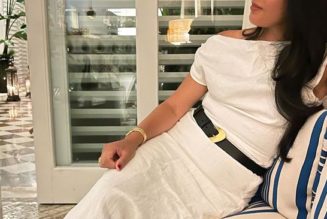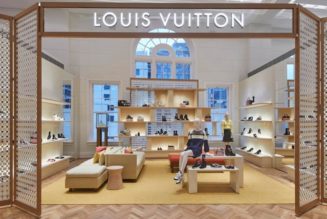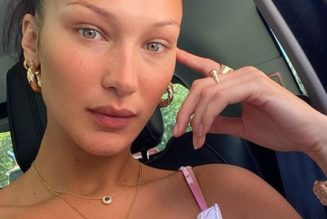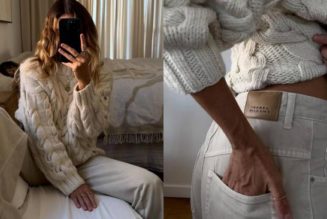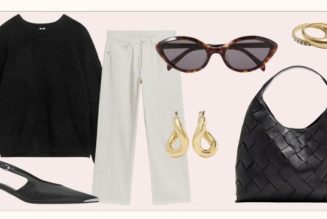
From the outside it looks like the luxury fashion industry is dominated by women. Brands like Chanel and Maison Schiaparelli represent their female namesakes — Coco Chanel and Elsa Schiaparelli — and female models walk the runways. However, despite the constant orbit of the fashion industry around women and the female form, the majority of major fashion brands are led predominantly by men.
On Oct. 3, luxury fashion conglomerate Kering named Sean McGirr as the newest creative director of Alexander McQueen. McGirr, former head of menswear at JW Anderson, took over the position from Sarah Burton, who served as creative director at Alexander McQueen for over two decades before parting ways with the brand earlier this year. McGirr’s ascent to the Alexander McQueen throne served not only as a bitter goodbye to Burton, but also meant that all of Kering’s creative directors were officially white men. Brands under Kering include Alexander McQueen, Gucci, Yves Saint Laurent, Balenciaga and Bottega Veneta.

This lack of adequate representation is not exclusive to Kering brands. Out of the top 30 high fashion brands listed in the Vogue Business Index, only eight brands are led by female creative directors. Of the eight, J. Choo Limited’s Sandra Choi is the only woman of color in the top 30. Even Celine, the grungy-chic brand named after female founder Céline Vipiana in 1945, is led by a white male creative director today.
Like many industries, the high fashion industry tends to be insular with their leadership positions. Many creative directors today have been in the industry for decades, having attended prestigious fashion schools like Central Saint Martins. The barrier to entering the luxury fashion industry is difficult to conquer, leading to a shallow and homogenous talent pool when it comes time to hire a new executive or director. While the lower levels of the fashion industry are rife with fresh, diverse talent from all over the globe, the upper echelons of the luxury space require a unique blend of privilege and connections to climb the ladder. When your ranks only consist of those privileged enough to join, the cycle of homogeneity persists.
While it is possible for people of color to make it into these coveted creative director roles, retaining the position and enduring the pervasive racism of the industry is another story. Tremaine Emory, founder of Denim Tears and former creative director of buzzy brand Supreme, resigned from his position at Supreme after 18 months. He explained in a letter to his colleagues that he would be leaving Supreme due to the systemic racism at play and the way the brand appropriated and repackaged classic hallmarks of Black culture. Emory is a prime example of how, even when the steep walls around fashion leadership are scaled, it can be just as brutal inside.
Women in the industry suffer similar fates. Despite conglomerates like Kering being spotlighted in initiatives like the Bloomberg Gender-Equality Index, their boards and leadership teams are made up primarily of men. Prestigious positions, like creative director, are often offered internally, so if you don’t already have a foot in the door, your chances go from slim to none. And even if a woman is able to make it into the industry and establish a brand, she’ll likely have trouble accessing venture capital funds, as the venture capital industry is even more heavily male-dominated than the fashion industry.
While the issue of diversity in the luxury fashion industry is deeply-rooted and systemic in nature, there are still things we can do as consumers to shift things in the right direction. Instead of waiting for an emerging female fashion designer to ascend to the position of creative director at a large brand like Celine or Bottega Veneta, support independent ventures and brands spearheaded by women. For instance, many fans of high fashion wait with bated breath for female designer Martine Rose to be hired as director of Louis Vuitton, but show no love to Rose’s eponymous brand. If you really want to see fresh talent in the upper summits of the high fashion mountain, start by uplifting their work at the base of the trail.


